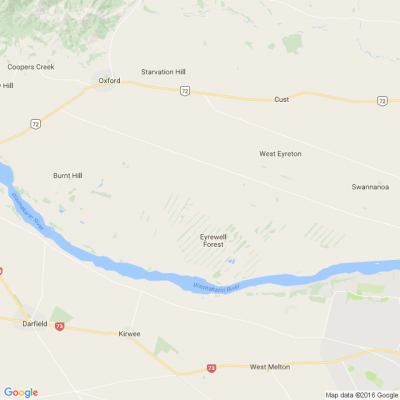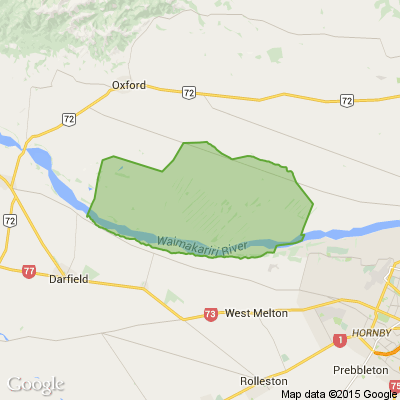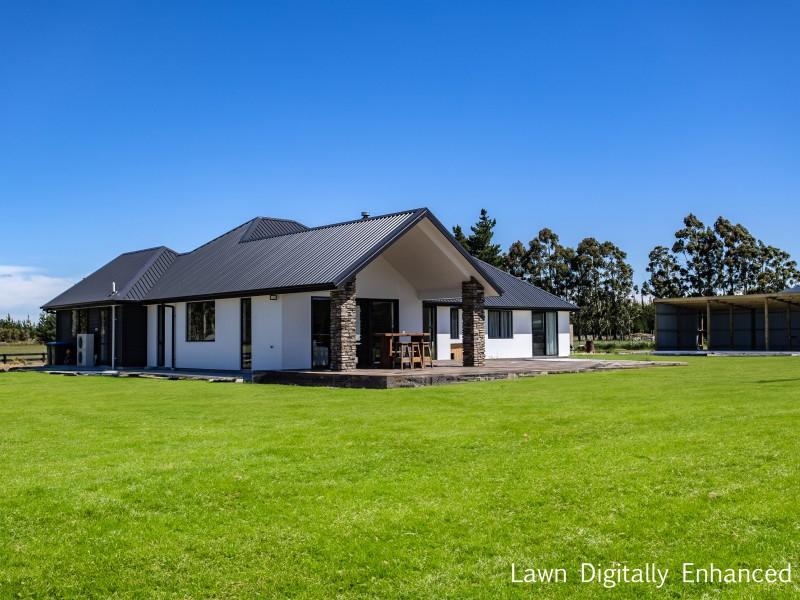North Canterbury bucking attendance trend
By David Hill, Local Democracy Reporter
North Canterbury schools are bucking the trend when it comes to school attendance in the wake of Covid.
While education leaders around the country are lamenting high absentee rates, North Canterbury principals are collaborating to support staff and whānau.
Former North Canterbury principal Simon Green, who now works as a leadership adviser with Evaluation Associates, supporting principals and boards of trustees across Otago and Canterbury, says there has been ‘‘a noticeable dip in attendance’’. Green is also Rangiora High School board of trustees chairperson.
‘‘There is a definite trend across Otago and Canterbury since Covid, where school attendance hasn’t tracked back as quickly as teachers would like.
‘‘It is a massive concern and something needs to happen to re-engage families before the start of next year.’’
But Green has been impressed with how his former colleagues have adapted.
‘‘North Canterbury schools are working hard and trying different things to improve engagement through the Kahui Ako (local education clusters). One of the strengths in North Canterbury is that the principals are close-knit. They work well together and support each other.’’
Under Ministry of Education guidelines, 90 percent attendance is the ideal, while less than 70% attendance (30% absence) is considered ‘‘chronically absent’’.
Recent media reports, quoting politicians, have used the term ‘‘chronically truant’’.
Rangiora High School principal Bruce Kearney said the school has been achieving about 80% attendance, which he said was ‘‘pretty good’’ considering the isolation rules earlier in the year and high levels of sickness.
‘‘How many industries have staff attendance at over 90% over the year during Covid? Do politicians have 90% attendance in Parliament? I would suggest there would be hardly any businesses at 90%, so why are we yelling at schools, when schools are just a reflection of the reality we are in?’’
Kaiapoi High School principal Jason Reid said his school has been contacted by the Ministry of Education wanting to learn more about how it is managing a low absentee rate.
He said the school’s success is in building relationships.
Students are divided into tutor groups (form classes) of about 15 students, with focus on wellbeing. Tutors follow up when students are absent, with tutors and deans contacting whānau when needed.
‘‘It is all about that communication, because sometimes the family doesn’t realise things have gone sideways.’’
By communicating with whānau, Reid said the school has been able to address any misunderstandings around isolation requirements.
‘‘I have empathy for other school principals dealing with high absence rates because of the complexity of human beings and the environment we are operating in. It could be us tomorrow.’’
Oxford Area School principal Mike Hart said about half of his students have about 90% attendance, with about one-third achieving 80% to 90%.
The September figures presented to the board of trustees had 7.2% listed as ‘‘chronically absent’’, compared to 7.7% nationwide.
Hart said families are experiencing higher levels of sickness than normal with Covid and the return of the flu. ‘‘The sickness pattern we are seeing is it is not just a day or two, but it is severe enough to put a student out for a week or more.’’
He said Covid had forced people to be more vigilant around symptoms, which was contributing to absence rates. With the border being open again, some families are also taking extended breaks to visit loved ones. Online learning options wee being offered so students could learn from home.
■ Public interest journalism funded through New Zealand on Air.
Waimakariri district plan faces more delays amid changing rules
By David Hill, Local Democracy Reporter
Changing Government legislation is causing headaches for council staff, as Waimakariri’s new District Plan is set to be delayed again.
Waimakariri District Council development planning manager Matt Bacon said he was relieved when the last of the public hearings ended last week.
But with final council reports due on December 13, staff will have just two working days to present the final District Plan on December 17. A district plan helps to control and manage the development of the district or city.
‘‘We are working through what it looks like and we will update the council at its meeting on December 3,’’ Bacon said.
‘‘But we will likely seek another extension from the environment minister and the Resource Management Act (RMA) minister.’’
The council first notified its draft District Plan in September 2021, but within months legislation was introduced with new medium density residential housing standards (MDRS).
‘‘We needed to call for further submissions and we had to create a separate hearing panel to consider the plan variations to allow for the MDRS,’’ Bacon said.
‘‘We have tried to merge the process as much as possible, as well as looking at re-zoning and incorporating other new legislation.’’
When the draft plan was first notified there was no National Policy Statement (NPS) for Indigenous Biodiversity, but an NPS was introduced - and then replaced.
The Natural and Built Environment Act came into being last year and then repealed, and then there is the NPS on Urban Development and the Greater Christchurch Spatial Plan.
The Government is now working on more RMA reforms and Environment Canterbury is working on the Canterbury Regional Policy Statement.
And then there is the Fast-Track Approvals Bill, which includes three proposed housing developments in Waimakariri - two of them outside of the future urban development areas identified in the Greater Christchurch Spatial Plan.
All three housing developments in the Bill have been included in submissions to the District Plan, including a proposed 850-home development at Ohoka, near Rangiora, which is also subject to an Environment Court appeal.
‘‘We haven’t seen the detail, so whether it is the same proposals, we don’t know, but they are different processes so we have to just keep doing what we are doing, until we are told otherwise,’’ Bacon said.
‘‘It might just be a timing thing, but we just don’t know.’’
Bacon said delaying the District Plan until new legislation is in place is not an option.
‘‘We are looking at what we can control and having a watching brief, and we will look at transitional timings because we don’t always have to immediately change planning documents when new legislation comes in.’’
Planning manager Wendy Harris said navigating changing Government legislation is a normal part of council planning work.
‘‘If we waited we wouldn’t do anything and we would go nowhere.’’
■ LDR is local body journalism co-funded by RNZ and NZ On Air.
What's your favourite recipe for courgettes?
Kia ora neighbours. If you've got a family recipe for courgettes, we'd love to see it and maybe publish it in our magazine. Send your recipe to mailbox@nzgardener.co.nz, and if we use it in the mag, you will receive a free copy of our January 2025 issue.

The tiger who came to tea
Trays are such a useful item to have in the home – they are obviously great for serving food and drinks, particularly breakfast in bed! Find out how to create your own with Resene wallpaper and Resene Colorwood wood stain with these easy step by step instructions.










 Loading…
Loading…





















